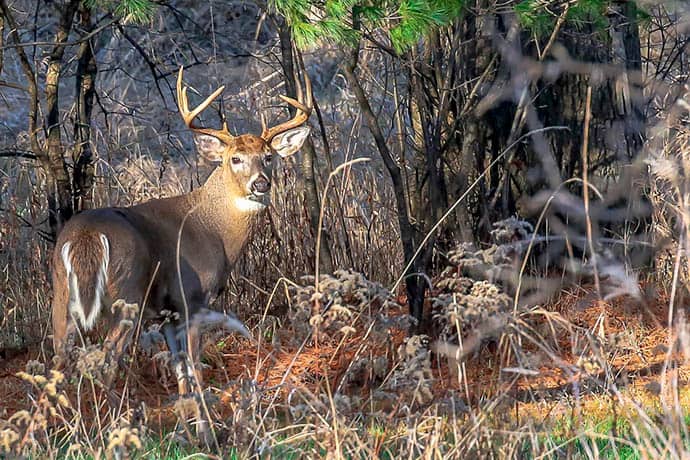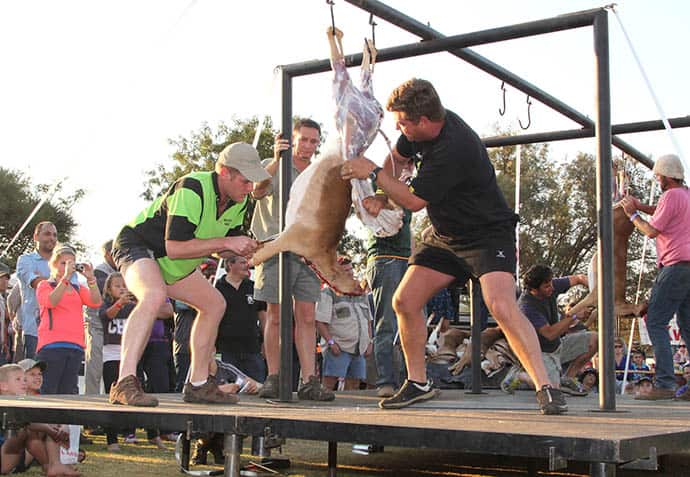
Deer processing cost varies from places to places. Thus, the question, “How much does a deer processing cost?” usually gets an answer of “it depends on” and has become a continuous struggle for everyone. Yes, we are also experiencing the same dilemma as you guys.
This is exactly the reason why we have decided to tackle the issue and somehow address the tight spot so that everyone will be on the same ground, or at least everyone can have a base amount where they can refer their estimates. Let us take guided step by step process for us to get to the best answer together.
How Much Does It Cost?
A lot of establishments charge $70 for their base package which includes skinning, cutting and wrapping. Other places are also within this range; give it more or less five dollar difference. For those of you who are interested in specialty items or has a specific plan for your meat, you may need to pay extra bucks depending on what you want and the size of the deer.
Other Costs to Consider
Skinning
There are a lot of processors who prefer for you to leave your deer whole and still with skin due to sanitation issues. Unwanted remains such as hair are very hard to get off especially when the deer has dug its nails in, and most of these processors do not want any traces of hair anywhere near your meat. Again, this is still business, and they value their clients’ feedback and satisfaction.
This is their way of protecting their business’ names. However, there are also establishments and deer processors, especially those with small processing sites and do not have enough storage facilities which require their customers to have it skinned beforehand and will only charge them for cleaning fee of at least $15.
Skinning alone would require you to pay $22 minimum. This is the reason why a lot of hunters skin their deer or take advantage of the packages offered by most processors which already includes skinning as part of the whole amount they are paying for.
The Usual Extras
Going into a processor site will not only require you to bring with you your hunt. It also requires one to decide what other services you would want for the processor to do for you and for you to decide what you want to spend, if any, on extras. To be able to determine these things beforehand will allow you to save more time instead of wasting few minutes deciding which one to get while on the counter.
Considering these things before going to the processing site will also result for you to avoid impulsive decision making which you will regret once the bill comes in. So, it is always better to think things ahead of time to avoid regretting and to save time and money.
Summer Sausage
Who does not want to always have a grip on this all-time favorite? Yes, we are in the same boat here. I also want to have a taste of jalapeño and cheese summer sausage! However, you have to consider that having your whole deer be processed into a sausage will be too costly for one (unless, money is not issue). The average cost of summer sausage is around $3 per pound. So, you might want to take a pause for this one and give yourself some time to think it through.
You can also watch the video:
Venison Bacon
Yeah, I know by only talking about this right now you are starting to drool, and you want to have taste of venison bacon. NOW. FAST. However, let me stop you right there and remind you that before you can have your venison bacon in your little Lala land, you have to pay around $4 per pound. Oh, did I pop your bubble? Opps!
Burger
Now, having your venison grind is very affordable. A lot of processors only charge $0.50 per pound to ground and bag your meat. So, call your friends now and prepare for a grand burger party!
Jerky
A lot of processors are going the extra mile, and they offer special jerky preparations. In fact, most of these processors offer steak jerky and flavored jerky. The most common flavors are Teriyaki, Jalapeño, Black paper, and BBQ. There is also a variety of spiciness offers that one can choose from mild to hot and spicy.
One thing that one needs to be always reminded about is that most of these processors charge the cost of jerky basing on the raw weight of the meat. The cost is around $4 per pound of raw meat. Then, they will process the meat, season and cook it for you to receive it fully cooked, smoked and ready to eat.
Gentle Reminder
A lot of processors ask for a down payment most of the time. This is something that you should be prepared for since there are also hunters that expect to pay the full amount upon completion of the task. These processors usually ask $40 to $50 down payment or at least 50% of the whole amount to be paid.
Conclusion
Deer processing is a critical thing that one needs to consider especially to those who do not have the time and the expertise to process their deer. Although, a lot of people want to do it their own for them to be assured that they will be getting the meat which they hunted, taking the hunt to the processors will be a great help to ensure cleanliness and quality of the meat.
Related: How Much Meat From a Deer-Quick and Easy Way to Estimate Venison Yields
Basing from the discussions above, processing cost of the deer may take few bucks out from your pocket, but the result is very worthwhile since it does not only provide you with quality meat and other extra items but it also allows you to thoroughly enjoy your hunt after spending effort and energy hunting them. Now, that is what you call maximizing proceeds.









